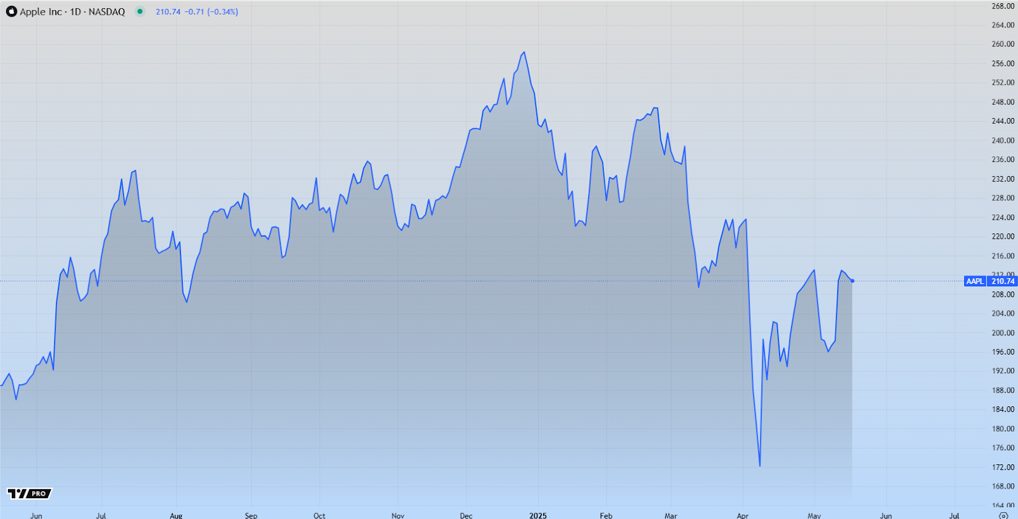A High Degree Of Potential Customization
There are quite a few combinations of network topologies. Topology is a way of differentiating between configurations and most effectively connecting nodes. Essentially, network topology falls into two categories: the physical, and the logical. Logical topology is a sort of conceptual design of the network’s ideal.
Node connectivity, means of connection, data transmission, resources on the cloud, virtual configuration—all fall under the penumbra of “logical” topology. Meanwhile “physical” topology denotes the way in which actual hardware is networked together. There are seven primary types; but these can be infinitely mixed-and-matched, as it were, to fit your needs.
Technically, such idiosyncratic design is summed up under “hybrid” topology. Six other types include point-to-point topology, bus topology, ring topology, star topology, tree topology, and mesh topology. You can check out this blog post via DNSstuff to get a more clear understanding of specific topology types, and help inform topological choices in this regard.

Things To Take Into Account For Your Best Topology
If you’re still unsure, you’ll want to take into account a few operational features of your existing or prospective business model. What kind of security do you need? What sort of access is necessary? What sort of personnel monitoring best describes your operational environment?
For example, if you’re in a call center, and you’re managing multiple teams of employees, it could be quite useful to design network topology which makes it so one computer can monitor those of a team in terms of their activity. That “boss” computer could shut down varying computers in the array, update them, isolate them, or monitor them.
If your call center had a hundred employees, it would make more sense to organize them in groups of ten, one of which being the leader, than to organize the entire group under one individual. Of course, that depends on your business, your resources, and the skill of managerial personnel. It is conceivable that one manager could handle 99 employees.
However, it’s more likely you’ll want to break things up a bit. In such a situation, you’d probably want some sort of hybrid topology. However if your business were a technology startup with multiple software engineers working on the same project, it may be more appropriate for you to go with something like mesh topology.

No One-Size-Fits-All
There isn’t really a one-size-fits-all solution here. Certainly, any topology can be applied to any company; but some will be better for some technological exploits than others, predicating the need for some serious consultation if you don’t have internal technology people that are appropriately skilled for such a task.
Complicating network topology is cloud computing, which can simplify operations, reduce operational costs, and expand your organization’s potentiality. However, the expense of such innovation is the presence of abstraction. Further complicating things is technological developments which alter best practices.
Cloud-based network topology can do a lot to optimize your business, but if you manage it wrong, it will add additional layers of complication for which you may not necessarily be prepared.
Still, you can’t just throw everything together in an improvised network, then expect operations to progress smoothly. Some sort of topology is going to be necessary, unless you want to haemorrhage resources continuously. If you can afford to waste money, by all means, ignore network topology. However, if you want to optimize in an innovative way, you’ll need it.
Maximizing Effectiveness Through Appropriate Topology
The bottom line here is that network topology represents a clear means of streamlining operations that is further silhouetted in best practices which have been made increasingly viable through expanding technological influence in business.
Do a little research, understand the needs of your business, and don’t be afraid to seek professional consultation for best results as pertain to topology across your network.





